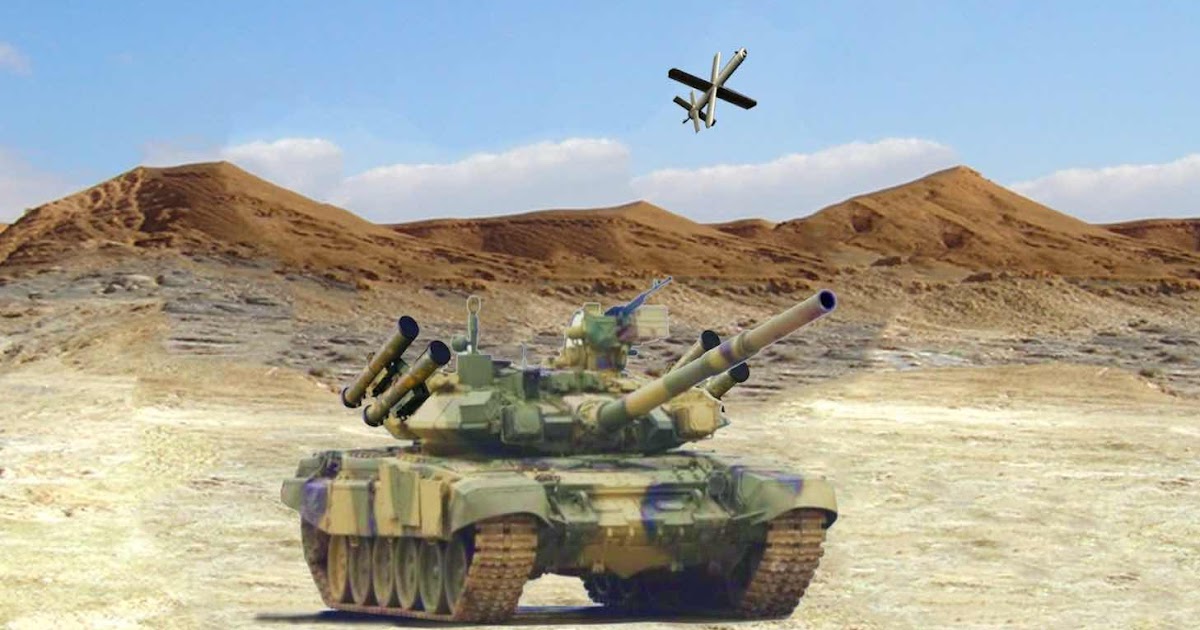
Unsigned editorial comment
Defence News of India, 19th Sept 2023
Airbus Defence and Space last week handed over to the Indian Air Force (IAF) in flyaway condition the first of 56 C-295 medium transport aircraft that the Ministry of Defence (MoD) had ordered to replace its ageing fleet of HS-748 Avro aircraft. The first 16 C-295s on order will be assembled in Seville, Spain, and delivered by August 2025. The remaining 40 will be manufactured and assembled in Vadodara by August 2031 in partnership with Tata Advanced Systems Ltd (TASL). This is the first time the defence ministry will have entrusted a private firm — TASL — to carry out the entire final assembly of an aircraft for India’s military. For this, TASL will be required to develop an entire aerospace industrial ecosystem: From manufacture, assembly, testing and qualification, to delivery and maintenance over the aircraft’s lifecycle. The MoD had earlier announced that 96 per cent of the total man-hour work per aircraft that Airbus employs at its manufacturing facility in Spain would be undertaken in India by the Tata consortium. This will involve manufacturing over 13,400 detailed parts, 4,600 sub-assemblies, and all seven major component assemblies in India, along with tools, jigs, and testers. Airbus and Indian government officials believe this will galvanise the development of India’s aerospace ecosystem, directly creating 15,000 skilled jobs and 10,000 indirect positions over the coming decade.
As regards performance, the Airbus C-295’s comfortably surpasses that of the other two medium lift aircraft the IAF currently operates: The British HS-748 Avro and the Ukrainian-Russian Antonov-32 (AN-32). The C-295’s two Pratt & Whitney PW-127 turboprop engines can carry up to 71 troops, or 50 paratroopers with battle loads. It can be used for medical evacuation, using basic litters or mobile intensive care units with life support equipment. It can perform special missions, disaster response, and maritime patrol duties. It can also ferry supplies to locations that are inaccessible to the IAF’s heavy transport fleet. There are thus distinct advantages in the IAF’s acquisition of aircraft such as the C-295, given their multi-role capabilities that allow their employment in civilian usage such as disaster relief.
Alongside orders for new aircraft, Indian aerospace manufacturing entities are also logging fresh orders for engines. These are lucrative contracts, considering that engines form roughly one-third the cost of an aircraft. An order for 12 Sukhoi-30MKI fighters placed last week on Hindustan Aeronautics Ltd (HAL) comes along with one on HAL’s engine division for 24 engines. Orders on HAL for over 220 Tejas Mark 1 and 1A fighters will be accompanied by those for a similar number of General Electric F-404 engines. The anticipated manufacture of 13 squadrons (273 fighters) of Tejas Mark 2 and advanced medium combat aircraft will go hand in hand with an order for at least 546 General Electric F-414 engines for these twin-engine fighters. Orders for 70 HTT-40 basic trainer aircraft will be accompanied by a matching one for Honeywell engines. In the realm of helicopter manufacture, HAL’s manufacture of twin-engine choppers — such as Dhruv advanced light helicopters and light combat helicopters and the single-engine light utility helicopters – will generate a matching number of engine orders. The same logic applies in the manufacture of spare parts and flight training simulators. All this means that Atmanirbhar Bharat can be expected to spread through the aviation industry and make India self-sufficient to a reasonable level.






